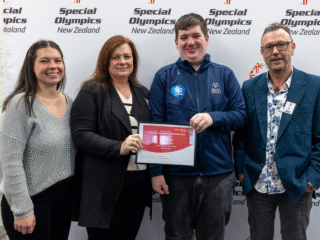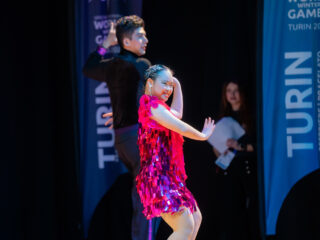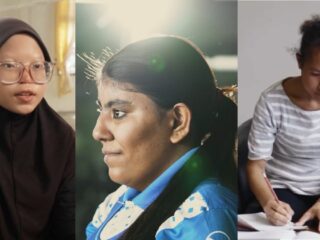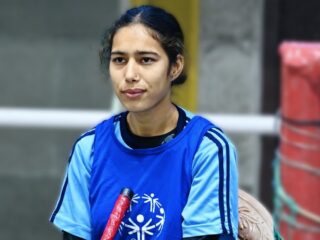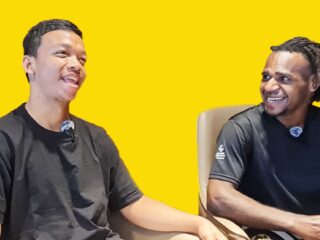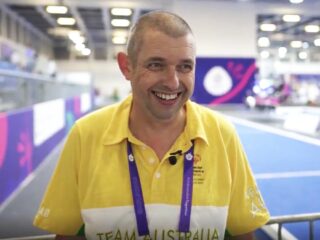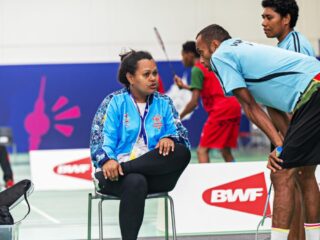Across Asia Pacific, young people with and without intellectual disabilities are stepping up into leadership roles to spark change in their schools and communities.,
Through Special Olympics and local school awareness programmes, these youths promote equity, create inclusive school environments, facilitate leadership opportunities, challenge stigma, and help their peers understand what inclusive learning can look like.

Donald Soor, a youth leader with intellectual disabilities from Papua New Guinea, remembers being bullied because of his disability. Making friends was a struggle, and speaking in front of others was extremely stressful for the shy young man.
Things however started to change when he got involved with Special Olympics Papua New Guinea as a youth leader advocating for people with intellectual disabilities in schools.
“That’s where I met Sylvester. We were paired to visit schools and talk about inclusion. I remember being nervous the first time. I didn’t know what to say. But Sylvester was beside me, and that helped,” recalls Donald.
“He used to stay in his comfort zone,” Sylvester Nandawo, Donald’s unified partner and fellow youth leader, recalls. “Now, he speaks to students and builds awareness.”
Since then, Donald has continued visiting schools with Sylvester, sharing his experiences of being excluded, and how on the flip slide, being included and given the opportunity to lead, has changed things up for him. Each time he speaks up, he shows other students that it’s possible to step forward, even when it’s difficult.
“I didn’t think I could speak in front of others,” Donald says. “Now I want to help others do the same.”

In Pakistan, another youth leader is helping shift perspectives in his own way.
Meet Musa Hannan, a youth leader with intellectual disabilities, who grew up with autism and attention deficit hyperactivity disorder (ADHD), from Pakistan. Through Special Olympics Pakistan, he became part of a school awareness programme where he was paired with Talha Asif, his unified partner and a developmental therapist. Together, they speak to students about what inclusion means, and how small actions can make a real difference.
“My strategy is to include everyone despite their differences,” Musa says.
Talha also shares, “Inclusion gives students the confidence to participate, to speak, to belong.” He adds, “I’ve seen how just talking about these things openly help others think differently. It helps them understand that people with intellectual disabilities want the same things: respect, connection, and a chance to spark change.”
The school visits aren’t just about awareness – they are about shifting mindsets and making space for new friendships to grow.
Musa and Donald’s leadership and sharing of their lived experiences in schools, reinforce that inclusion isn’t a mere concept. It’s something that can, and should be applied daily.

Inclusive classrooms ultimately benefit all learners
Educators like Laarni R. Alejandro, Principal of P. Villanueva Elementary School, in the Philippines, similarly echo the holistic benefits of inclusive education for all children.
“Inclusivity is strengthened in our school. Learners are more exposed and have the opportunity to strengthen not only their sports inclination but also their physical, social, mental, emotional, and holistic well-being,” she says.
She was speaking earlier this year at a milestone event where Philippines became the first country in Asia Pacific to officially join the Special Olympics Global Coalition for Inclusion.
Inclusion doesn’t have to be grandiose. It can begin with a small act of kindness, an open mind, the courage to listen and step out of our comfort zone, as our youth leaders demonstrate. These are the moments that build understanding and bridge differences – the foundation for creating inclusive classrooms and education for all. To follow more stories like these, follow @humanraceasia and @soasiapacific.




